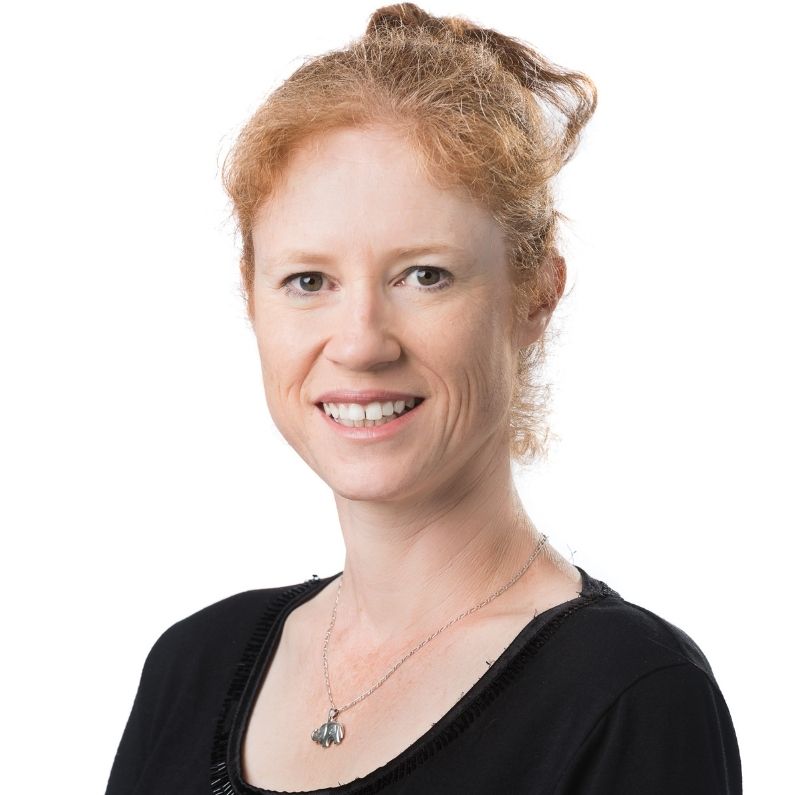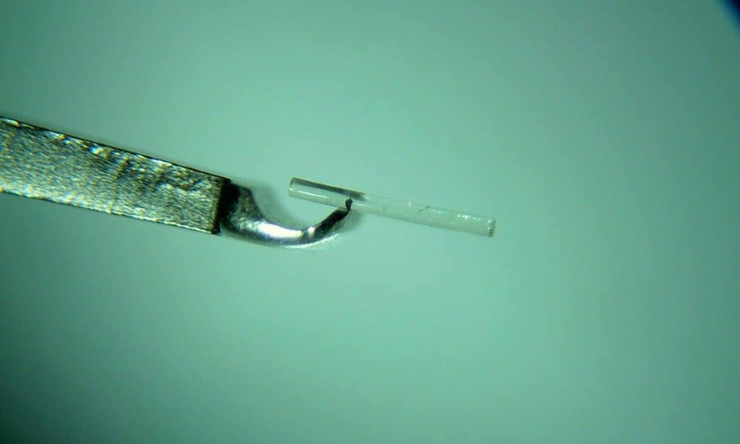Share
Visual field testing is a crucial part in the diagnosis and treatment of all glaucomas and many neurological diseases. It is used to measure how well you can see throughout visual space and a large number of locations need to be tested to obtain an accurate map of your vision; hence the test takes several minutes.

Some people find visual field tests tiring and you can have days when you perform well on the test and not so well on other days. As a result you may need multiple tests to obtain an accurate measurement of any vision loss.
All field testing is a partnership between your eye care professional, the technician and you. Here are some tips to smooth your way through the process; helping to improve reliability and enhance the quality of the information obtained, which is vital for your proper care.
There are many things done to assist you to perform at your best. The eye care professional will choose the most appropriate test and strategy for you but the technician is responsible for setting up the equipment so you are comfortable and to explain what you need to do. Your back, arms, feet and legs should be supported; your chin should be firmly on the chin-rest and your forehead gently against the brow-band to produce an accurate test reading. Do not hesitate to ask for anything that makes you more comfortable (e.g. a cushion for your back, a tissue to dab your eyes if needed, or to raise or lower the chair or equipment) as this will assist you to concentrate and to do your best. Make sure you completely understand what you need to do, and ask repeatedly for a clearer explanation, if required.
If you have special concerns, tell the technician. These might include a feeling of claustrophobia or being too hot or cold. You must play your part to eliminate all distractions so that you can focus entirely on the test. This may include being well rested and having eaten. Let the technician know if you are feeling unwell at any stage.
What can I expect at a visual field test?
- Firstly, keep your eye fixed on the central point target straight ahead of you.
- Let the little flashes come to you, don’t go looking for them. You won’t see the lights a good deal of the time, so don’t worry if time seems to be passing without a light appearing. The machine makes the light very dim so that it can tell when you can just see it at each position tested. It is expected that some of the time the lights will be too dim for you to see, regardless if your eyes are normal or not.
- Press the button when you think you see the light. Respond to all lights – they can be fuzzy, dim, or bright – it doesn’t matter as long as you know they are there.
- Blinking is essential from time to time, to stop your eyes drying out and hurting. Try to time it so that you blink as you press the button. That way you can’t miss another light.
- Remember you are in charge of the machine – not the other way around! You can pause the test whenever you wish by holding down the button on the buzzer- when you are ready to resume, focus back onto the central target first, and then release the buzzer. The test will automatically continue from where it left off.
- If you are doing the test for the first time, ask the technician to take you through a practice session before you begin the test itself.
- The technician should monitor your progress intermittently throughout the test, and give you feedback on how well you’re doing.
- As the technology improves; machines become faster, quieter, friendlier, more accurate and therefore more reliable.



